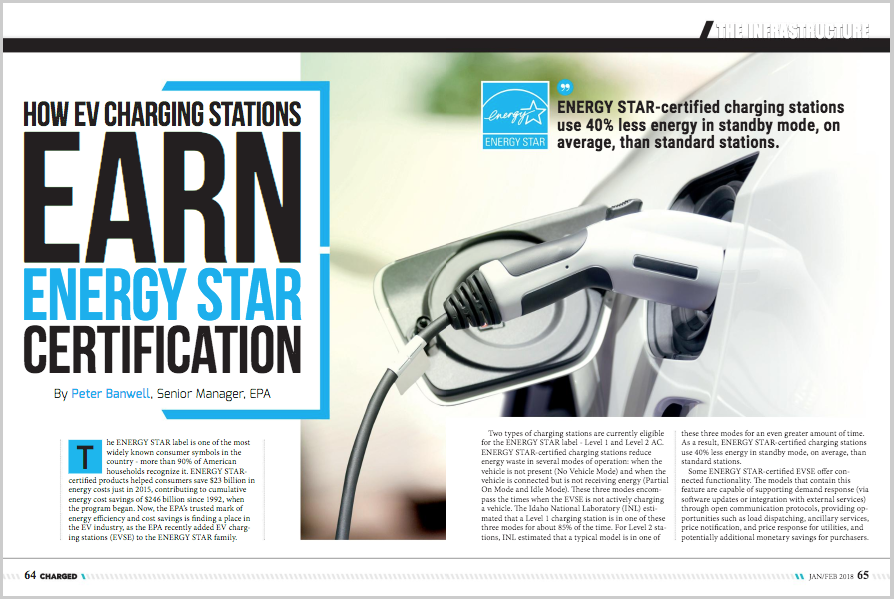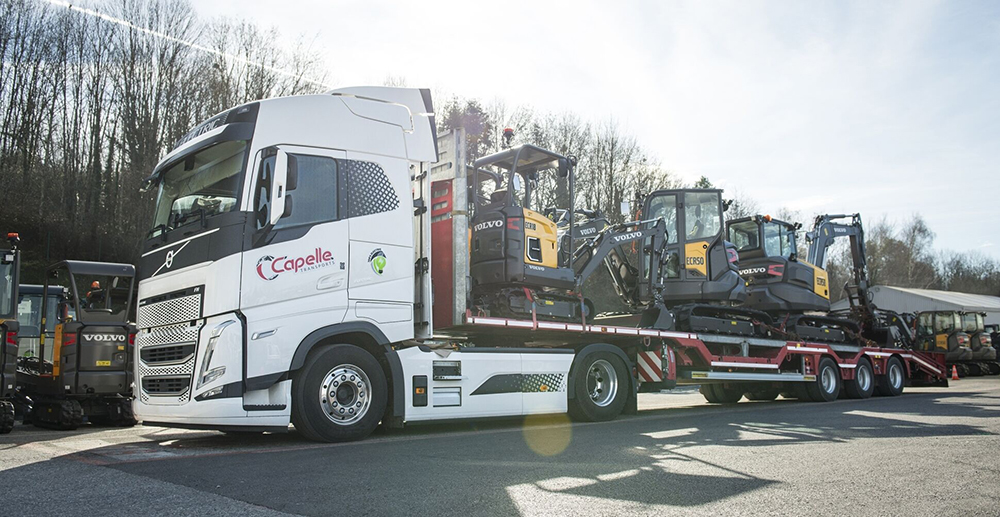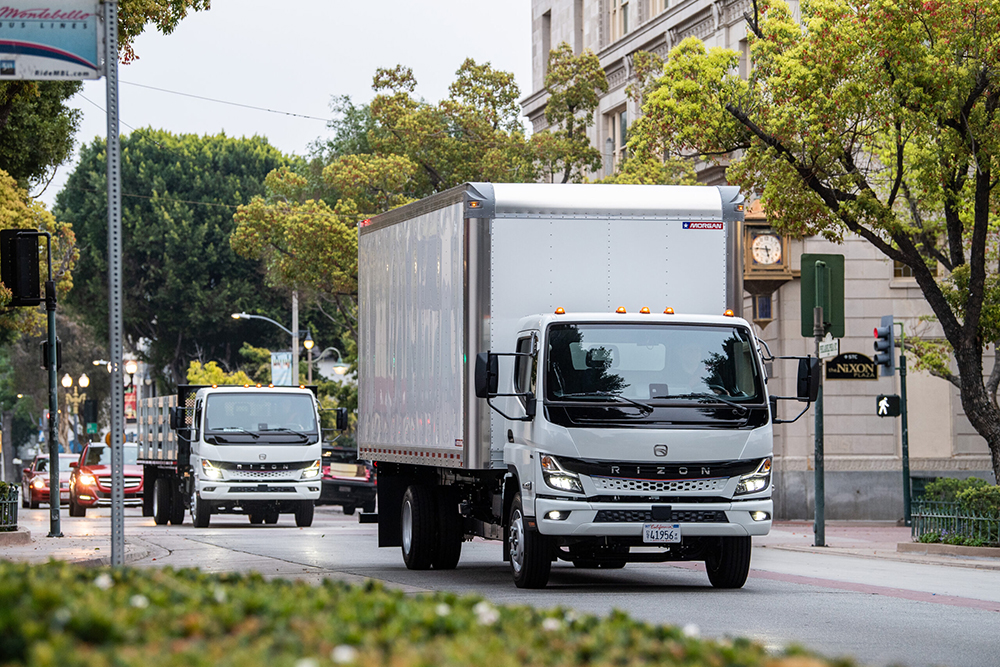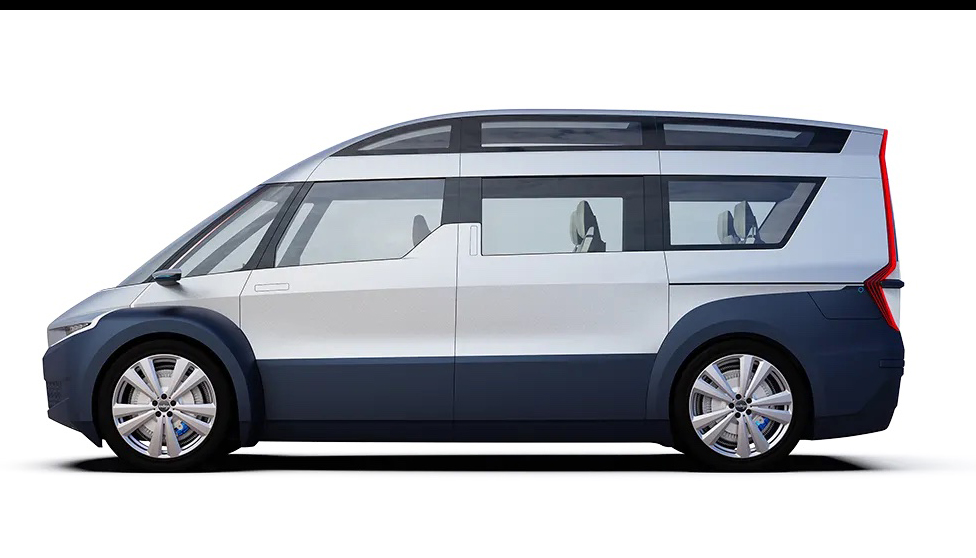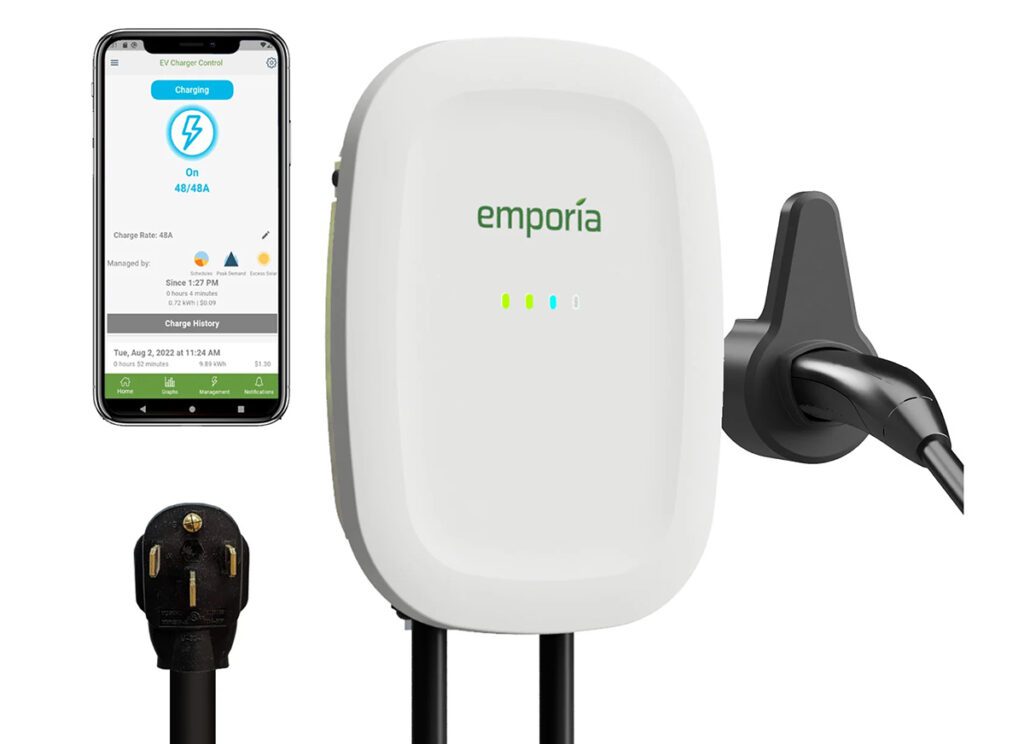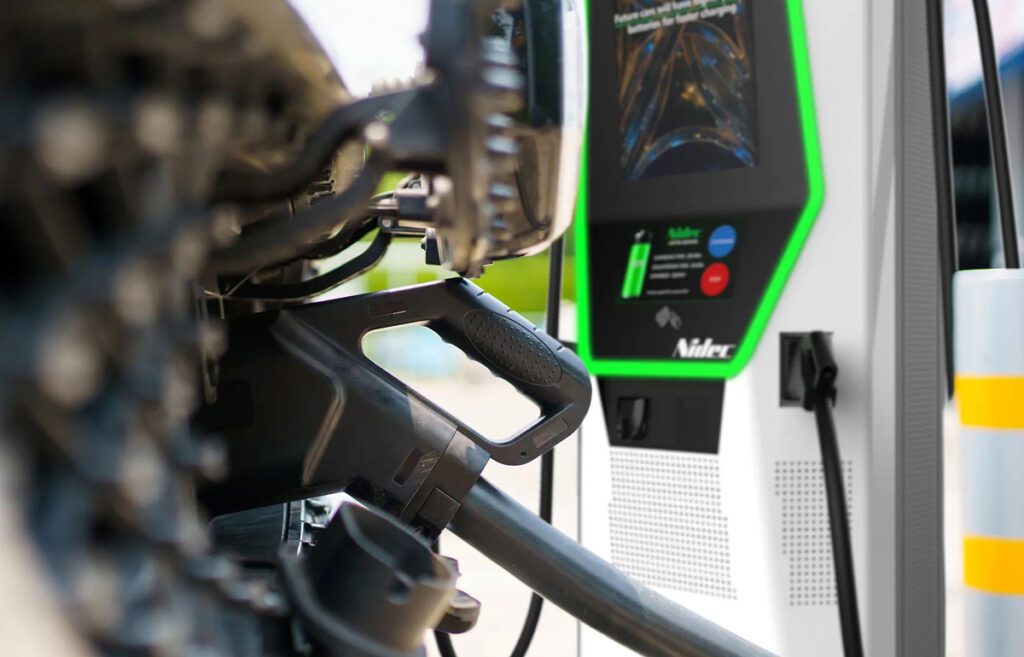By Peter Banwell, Senior Manager, EPA
The ENERGY STAR label is one of the most widely known consumer symbols in the country – more than 90% of American households recognize it. ENERGY STAR-certified products helped consumers save $23 billion in energy costs just in 2015, contributing to cumulative energy cost savings of $246 billion since 1992, when the program began. Now, the EPA’s trusted mark of energy efficiency and cost savings is finding a place in the EV industry, as the EPA recently added EV charging stations (EVSE) to the ENERGY STAR family.
Two types of charging stations are currently eligible for the ENERGY STAR label – Level 1 and Level 2 AC. ENERGY STAR-certified charging stations reduce energy waste in several modes of operation: when the vehicle is not present (No Vehicle Mode) and when the vehicle is connected but is not receiving energy (Partial On Mode and Idle Mode). These three modes encompass the times when the EVSE is not actively charging a vehicle. The Idaho National Laboratory (INL) estimated that a Level 1 charging station is in one of these three modes for about 85% of the time. For Level 2 stations, INL estimated that a typical model is in one of these three modes for an even greater amount of time. As a result, ENERGY STAR-certified charging stations use 40% less energy in standby mode, on average, than standard stations.
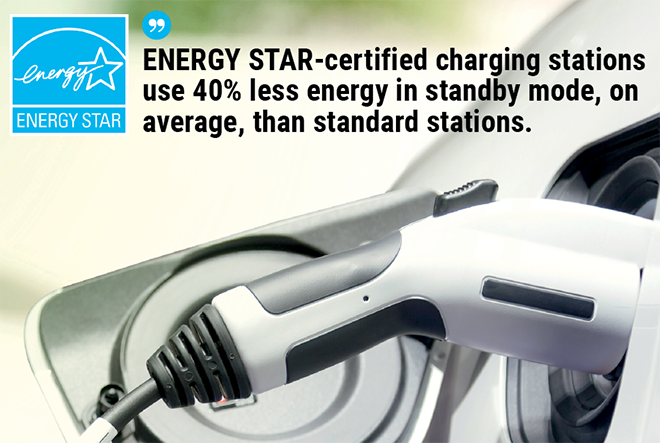

Some ENERGY STAR-certified EVSE offer connected functionality. The models that contain this feature are capable of supporting demand response (via software updates or integration with external services) through open communication protocols, providing opportunities such as load dispatching, ancillary services, price notification, and price response for utilities, and potentially additional monetary savings for purchasers.
All ENERGY STAR models must also meet electrical safety requirements.
To earn the ENERGY STAR label, EVSE performance must be independently certified based on testing in an EPA-recognized laboratory. For the EVSE purchaser, ENERGY STAR certification identifies the models that save energy and money over the lifetime of the product. Future savings from ENERGY STAR-certified charging stations are expected to grow to more than $17 million by 2026.
The EPA maintains a web site where potential purchasers and industry professionals can learn more about certified products. For example, all ENERGY STAR-certified products and their features can be viewed using the Product Finder. This tool allows users to compare the characteristics and features of different products to determine which energy-saving product is best for their needs. The list includes a mix of residential and commercial EVSE models that have qualified for the ENERGY STAR label. EPA expects the list of certified products to grow in the coming months, especially since the California Energy Commission, through its California Electric Vehicle Infrastructure Project, just announced that all equipment qualifying for funding must be ENERGY STAR-certified.


The EPA has plans to expand the scope of the ENERGY STAR program in the future – it is now beginning the process of adding DC fast charging stations to the list of qualified products. Doing so will require the development of a new procedure for testing and measuring the power consumption of DC fast chargers. The agency would appreciate any stakeholder feedback and data relevant to the development of ENERGY STAR efficiency requirements for DC fast chargers. Please contact us at evse@energystar.gov to receive updates on this effort.
This article originally appeared in Charged Issue 35 – January/February 2018 – Subscribe now.



